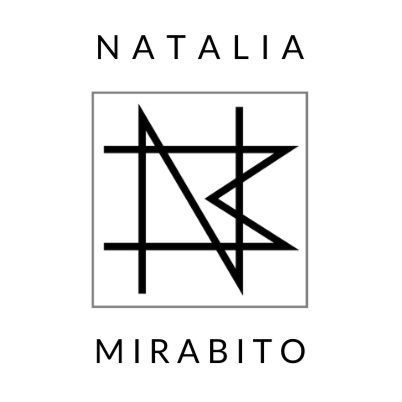How to Price Your Artwork
We’re sharing our tried-and-tested pricing formulas formulas and important pricing considerations that will help you calculate the perfect price.
Looking for how to price giclée prints? Click here.
Pricing Formulas
1) Square Inch x Multiplier
Formula: (L x W) x Multiplier
Multiply the square inch of the painting by a determined cost multiplier. This formula works best if you artwork is a consistent similar size range. If you paint large and small works, this may be too much of a price jump, or you’ll have to convert to a more appropriate multiplier when comparing smaller and larger works.
Example: Using a multiplier of 5 for a 12x12 inch painting ($5 is an intermediate price range - use $2-$3 for beginner)
(L x W) x Multiplier
(12x12) x 5
=144 x 5
= $720
+$50 (add cost of materials, include any processing fees)
$720+$50 = $770 (artwork cost, plus cost of materials)
+$288 (add 40% to account for commission rates and gallery cut - consistent pricing is key here)
$770+$228= $998 (artwork, materials, and 40% commission)
$1,200 (Estimated $20 shipping).
2) Linear Square Inch x Multiplier
Formula: (L+W) x multiplier
Linear square inch is great if you have varying sizes of work because the price increases won't vary as much as with square inch. This can be easier to control, especially if your work ranges greatly in size.
Example: Using a multiplier of 30 for a 12x12 inch painting ($30 is an intermediate price range - use $10-$15 for beginner)
(L+W) x multiplier
= (12+12) x 30
= 24 x 30
= $720
+$50 (add cost of materials, include any processing fees)
$720+$50 = $770 (artwork cost, plus cost of materials)
+$288 (add 40% to account for commission rates and gallery cut - consistent pricing is key here)
$770+$228= $998 (artwork, materials, and 40% commission)
$1,200 (Estimated $20 shipping).
5 Important Pricing Considerations
Start with research. Shop around! Check out the pricing of artists in your general area/region who relate to your medium, experience, level, etc. Find 3-5 artists believe accurately represent your craft just below your career level, and just above. How do they compare? You can find reputable artist through local art associations, galleries, memberships, and artist websites.
Leave your ego at the door and go off of hard facts and intuition — it is important to establish a concrete, fair benchmark to begin the process. You’ll also be including costs of shipping, materials and labor in your final costs.
Consistent pricing can make or break your career. All your work must be the same price — whether being sold at a gallery, open studios, website, event, or show. This establishes trust , reinforces your reputability, and makes it easy to price for profitability.
Commission pricing should be the same formula as your regular pricing, plus 30-60%. Significant work goes into the commission process, so it is appropriate that a customer should pay more for a custom piece of art given what's involved, the time taking away from your other artistic duties, so on and so forth. When pricing a commission, be sure to also factor in cost of materials, framing, and travel. Be sure all of this is outlined in a signed agreement and have clients pay in a series of 2-3 installments installments. It’s a good practice to never begin work until you get a signed agreement and first payment. If you’re high in demand for commissions, don’t be afraid to raise your rate. Remember, they could have gone to any artist for their commission and they came to you. Know your worth.
Is it time to raise your prices? We recommend raising your prices a small amount each year to keep up with inflation, cost of living, etc. There are additional indicators for when to raise your prices, including:
-Did you sell a larger or increased amount of work last year?
-Did you win a new award ?
-Did you accepted into a prestigious art program, fellowship, grant or membership society
-Did you get a press or media feature?
-Did you have an increase in commissions?
If you answered yes to any of these, it is probably a great opportunity to raise your prices—you’ve earned it!


